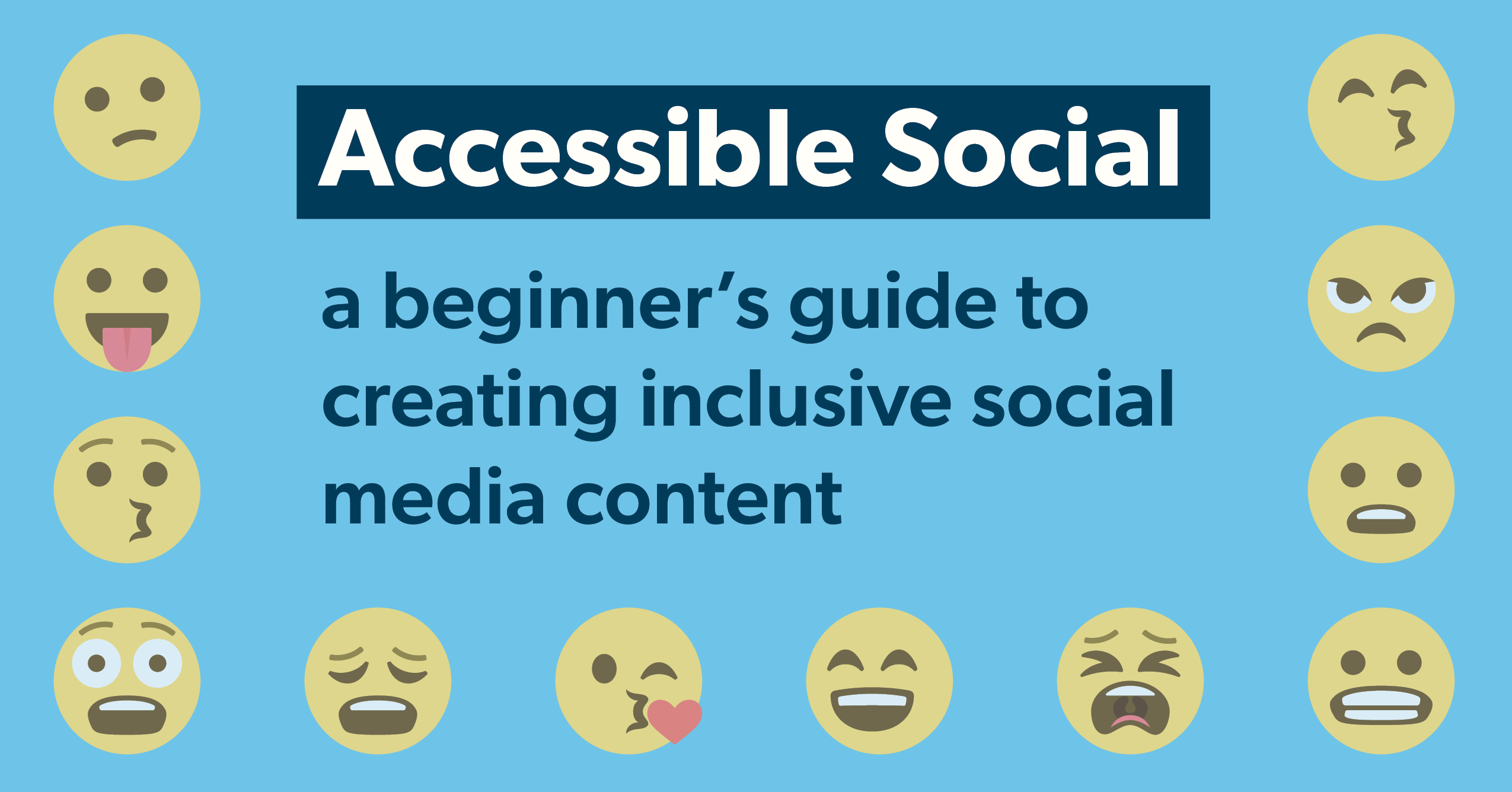The first edition of the Accessible Social guidebook was published in May 2022. And as I originally predicted, a lot of its content quickly became outdated. That’s just how social media and technology in general work.
Last summer I decided it was finally time to sit down and start revising the guidebook. I expected there would be a lot of revisions (mostly thanks to a certain bird app), but I knew it was important to keep it updated.
After several months of editing, the revised edition of the Accessible Social guidebook was finally published on January 25. In addition to refining the Accessible Social brand and layout as well as increasing the guidebook’s font size to 16 pt., a slew of new information and updates were added to the pages.
New Information in the Guidebook
- A section about models for understanding disability was added to the opening chapter about disability.
- A list of ableist words and language was added to the “Language” section in the Copywriting and Formatting chapter.
- The tips for writing effective image descriptions now have accompanying images and image descriptions as examples.
- How the contents of an alt text field can impact SEO is now discussed in the “Writing Image Descriptions” section of the Images and Visuals chapter.
- Items not to add to an alt text field are listed after the image description writing tips.
- Using GIFs is now discussed in the “Digital Graphics and Other Visuals” section of the Images and Visuals chapter.
- How color impacts the accessibility of charts and graphs is now discussed in the “Digital Graphics and Other Visuals” section of the Images and Visuals chapter.
- A few frequently asked questions about posting accessible images are answered near the end of the Images and Visuals chapter.
- Thirteen hypothetical image scenarios have been added at the very end of the Images and Visuals chapter.
- Information on how to upload multiple audio tracks to a video on Vimeo has been added to the “Audio Descriptions” section in the Audio and Video chapter.
- Advice about the use of web overlays has been added to the Extra Information and Resources chapter.
- A page for taking notes has been added to the Extra Information and Resources chapter in the printed edition.
- Source links for the stock images and social media examples used throughout the guidebook are now listed after the “Citations and Sources” section.
Updated Information in the Guidebook
- The “Impact of Accessibility” section of the first chapter has been reordered and a paragraph about health and safety has been added to it as well.
- The difference between Camel Case and Pascal Case is now explained and demonstrated.
- The difference between alt text and an image description is now explained and demonstrated.
- The section about “Scheduling Accessible Images” section in the Images and Visuals chapter has been expanded to include questions to ask when considering a third-party management system like Sprout Social or Hootsuite.
- The how-to steps for creating closed captions on YouTube have been updated to reflect the current process.
- Best practices for creating open captions are more clearly defined.
As always, all feedback about the Accessible Social guidebook or website can be submitted to hello@accessible-social.com. If you would like to purchase or download a copy of the guidebook, print and digital versions of it can be found at www.accessible-social.com/guidebooks.
